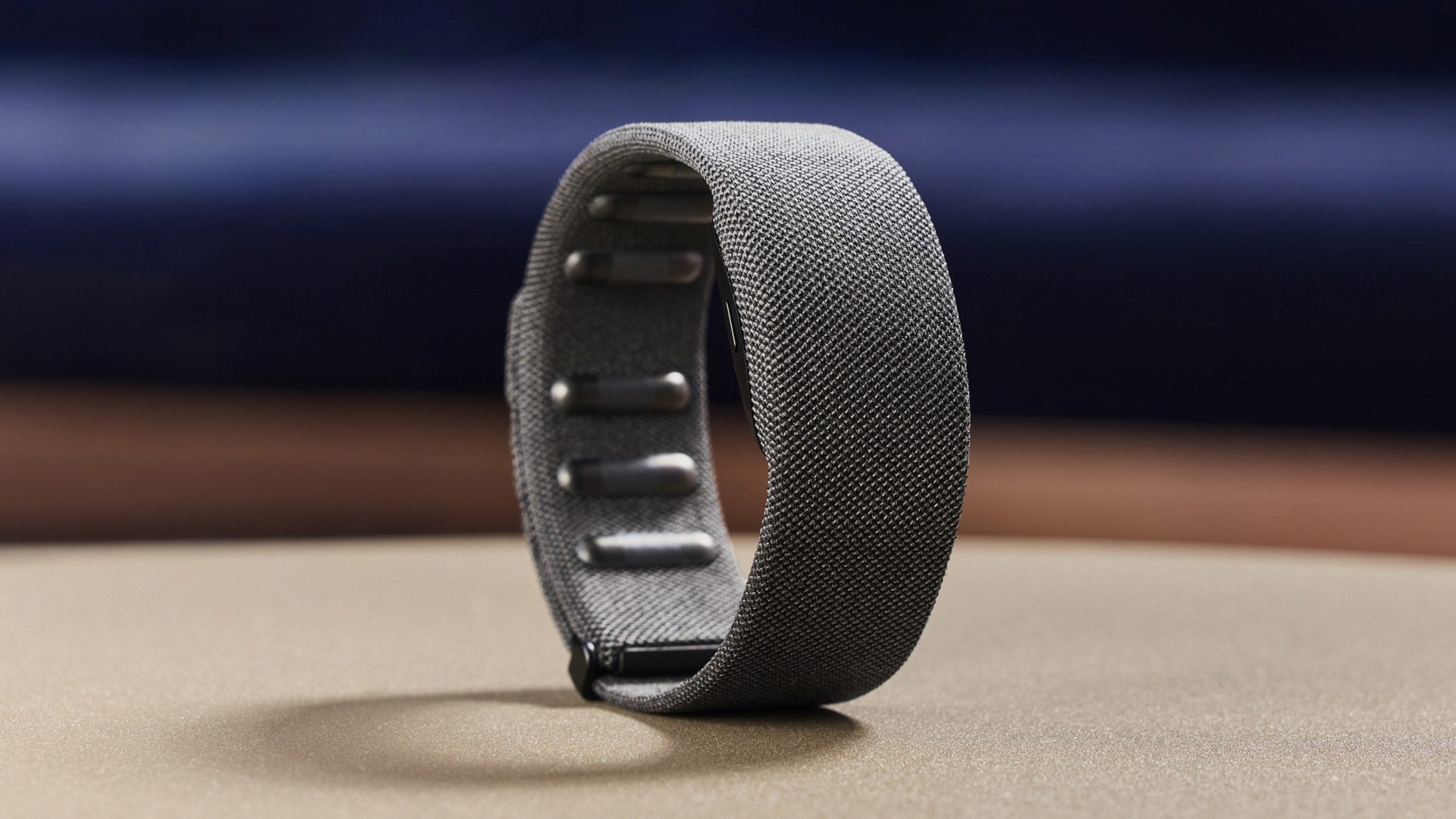Meta’s “Hypernova”: A Glimpse into the Future of Smart Glasses
Table of Contents
- Meta’s “Hypernova”: A Glimpse into the Future of Smart Glasses
- Meta Plans to Launch smart Glasses with Integrated Display
- “Hypernova”: Price and Features
- Smartphone Peripheral or Standalone Device?
- Enhanced Camera Capabilities and Control
- Wrist-Worn XR Controller Integration
- Looking Ahead: “Hypernova 2” and Beyond
- * What is the difference between Meta’s Hypernova smart glasses and AR glasses?
- Meta’s “Hypernova”: A Glimpse into the Future of Smart Glasses
Published:
Meta Plans to Launch smart Glasses with Integrated Display
Meta is reportedly developing a new iteration of its Ray-Ban smart glasses, dubbed “Hypernova,” which will feature a single display for viewing images and applications.According to a recent report, the tech giant intends to unveil these glasses later this year, potentially alongside a wrist-worn XR controller designed for hand-gesture input.
“Hypernova”: Price and Features
Earlier reports suggest that “Hypernova” could be priced between $1,000 and $1,400. This price jump compared to the existing Ray-Ban Meta Glasses, which lack any display capabilities, is attributed to the inclusion of a single screen positioned in the lower-right corner of the right lens.
The new smart glasses are expected to offer dedicated applications for capturing and viewing photos, accessing maps, and receiving notifications from smartphone apps like Messenger and WhatsApp. This functionality aims to provide users with a more integrated and immersive experience.

Unlike augmented reality glasses, which correctly place digital images in the user’s field-of-view, the device as described would be closer to Google Glass in function.
This distinction is crucial, as it positions “Hypernova” as a smart glasses device rather than a full-fledged AR experience. Think of it less like projecting a navigation system onto your world, and more like having a discreet, heads-up notification system.
Smartphone Peripheral or Standalone Device?
The “Hypernova” glasses are expected to rely heavily on the Meta View phone app,potentially lacking its own dedicated app store despite running a customized version of Android. This suggests that the device will function more as a smartphone accessory rather than a completely autonomous platform. However, it is expected to retain key features from the Ray-Ban Meta Glasses, such as the ability to capture photos and videos, access AI through built-in microphones, and connect to a phone for calls and music playback.
Enhanced Camera Capabilities and Control
The “Hypernova” glasses are also rumored to feature an upgraded camera. While the current Ray-Ban Meta Glasses sport a 12-megapixel camera, similar in quality to the iPhone 11, the “Hypernova” aims to “rival the iPhone 13 from 2021,” according to sources familiar with the matter. This betterment would allow for higher-quality image and video capture.
Similar to the existing Ray-Ban Meta Glasses, users will be able to control the “Hypernova” using capacitive touch controls located on the temples, enabling them to navigate through media and access various functions.
Wrist-Worn XR Controller Integration
Meta is also reportedly planning to release its wrist-worn XR controller, which utilizes electromyography (EMG) sensors to detect hand movements like pinching and rotation for UI selection. The “Hypernova” is expected to be bundled with this controller, which has previously been showcased with the company’s internal Orion AR glasses.

Looking Ahead: “Hypernova 2” and Beyond
Meta is already working on a second-generation “Hypernova 2,” which is rumored to include a binocular heads-up display system. This next iteration is currently slated for release in 2027. However, it’s crucial to remember that product development timelines can shift, and meta has a history of shelving projects late in the process.
For example,a variant of the device without a camera was allegedly canceled,a move aimed at reducing costs and enhancing user privacy. This demonstrates the company’s willingness to adapt and refine its product strategy based on market conditions and user feedback.
While “Hypernova” is generating excitement, it’s unlikely to be the next smart glasses device released by Meta. The company is reportedly finalizing “Supernova 2,” which will function similarly to the Ray-Ban meta Glasses but feature a sportier Oakley design.
These developments are all paving the way for the release of Meta’s first true AR glasses. Meta CTO and reality Labs chief Andrew Bosworth has stated that an AR device based on their work with Orion “could come before 2030,” priced “at least in the space of phone, laptop territory.” This suggests a significant investment in the future of augmented reality and a commitment to delivering a premium user experience.
* What is the difference between Meta’s Hypernova smart glasses and AR glasses?
Meta’s “Hypernova”: A Glimpse into the Future of Smart Glasses
Published:
Meta’s Vision for Smart Glasses
Meta is reportedly developing a new iteration of its Ray-Ban smart glasses, dubbed “Hypernova,” which will feature a single display for viewing images and applications. According to a recent report,the tech giant intends to unveil these glasses later this year,potentially alongside a wrist-worn XR controller designed for hand-gesture input.
Key Features of “Hypernova”
Earlier reports suggest that “Hypernova” coudl be priced between $1,000 and $1,400. This price jump compared to the existing Ray-Ban Meta Glasses,which lack any display capabilities,is attributed to the inclusion of a single screen positioned in the lower-right corner of the right lens.
The new smart glasses are expected to offer dedicated applications for capturing and viewing photos,accessing maps,and receiving notifications from smartphone apps like Messenger and WhatsApp. This functionality aims to provide users with a more integrated and immersive experience.

Unlike augmented reality glasses, which correctly place digital images in the user’s field-of-view, the device as described would be closer to Google Glass in function.
This distinction is crucial, as it positions “Hypernova” as a smart glasses device rather then a full-fledged AR experience. Think of it less like projecting a navigation system onto your world, and more like having a discreet, heads-up notification system.
Smartphone Peripheral or Standalone Device?
The “Hypernova” glasses are expected to rely heavily on the Meta View phone app, potentially lacking its own dedicated app store despite running a customized version of Android.This suggests that the device will function more as a smartphone accessory rather than a entirely autonomous platform. However, it is expected to retain key features from the ray-Ban Meta Glasses, such as the ability to capture photos and videos, access AI through built-in microphones, and connect to a phone for calls and music playback.
Enhanced Camera Capabilities and Control
The “Hypernova” glasses are also rumored to feature an upgraded camera. While the current Ray-Ban Meta Glasses sport a 12-megapixel camera, similar in quality to the iPhone 11, the “Hypernova” aims to “rival the iPhone 13 from 2021,” according to sources familiar with the matter. This betterment would allow for higher-quality image and video capture.
Similar to the existing Ray-Ban Meta Glasses, users will be able to control the “Hypernova” using capacitive touch controls located on the temples, enabling them to navigate through media and access various functions.
Wrist-Worn XR Controller Integration
Meta is also reportedly planning to release its wrist-worn XR controller, which utilizes electromyography (EMG) sensors to detect hand movements like pinching and rotation for UI selection. The “Hypernova” is expected to be bundled with this controller, which has previously been showcased with the company’s internal orion AR glasses.

Looking Ahead: “Hypernova 2” and Beyond
Meta is already working on a second-generation “Hypernova 2,” which is rumored to include a binocular heads-up display system. this next iteration is currently slated for release in 2027. Though, it’s crucial to remember that product development timelines can shift, and Meta has a history of shelving projects late in the process.
Such as, a variant of the device without a camera was allegedly canceled, a move aimed at reducing costs and enhancing user privacy. This demonstrates the company’s willingness to adapt and refine its product strategy based on market conditions and user feedback.
While “Hypernova” is generating excitement, it’s unlikely to be the next smart glasses device released by Meta. the company is reportedly finalizing “Supernova 2,” which will function similarly to the Ray-Ban Meta Glasses but feature a sportier Oakley design.
These developments are all paving the way for the release of Meta’s first true AR glasses. Meta CTO and Reality Labs chief Andrew Bosworth has stated that an AR device based on their work with Orion “could come before 2030,” priced “at least in the space of phone, laptop territory.” This suggests a significant investment in the future of augmented reality and a commitment to delivering a premium user experience.
